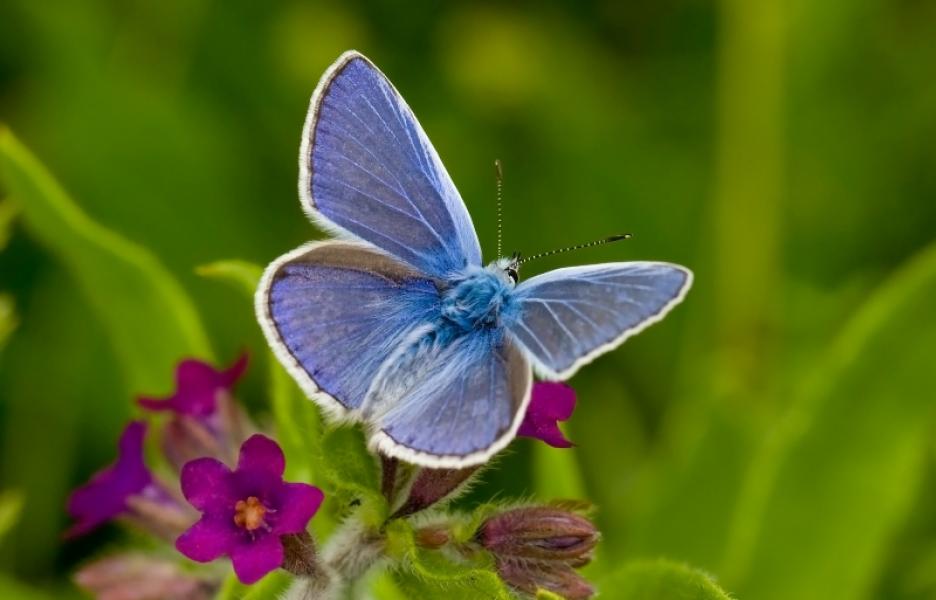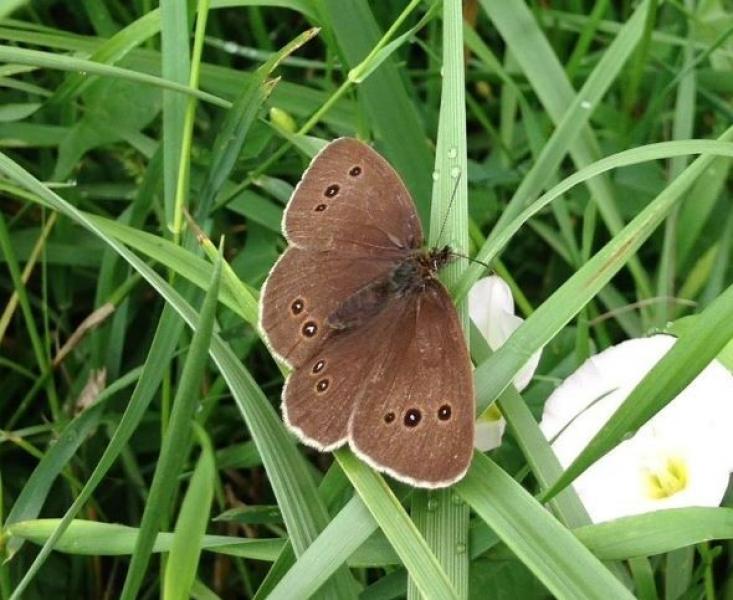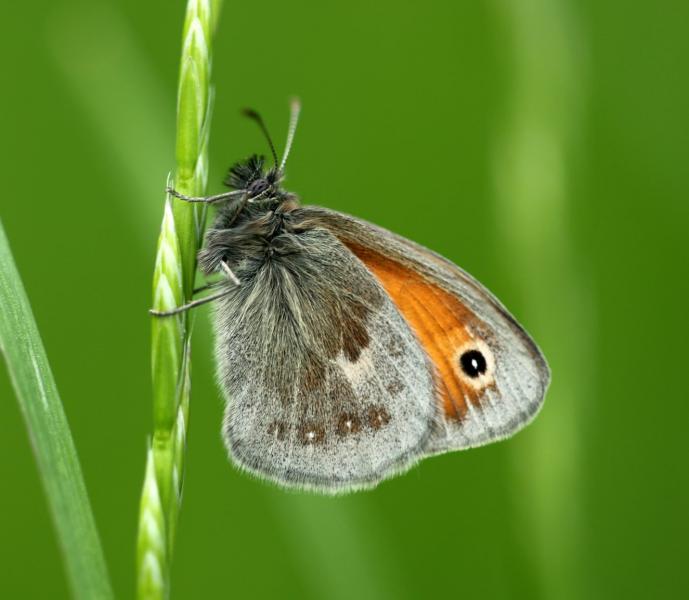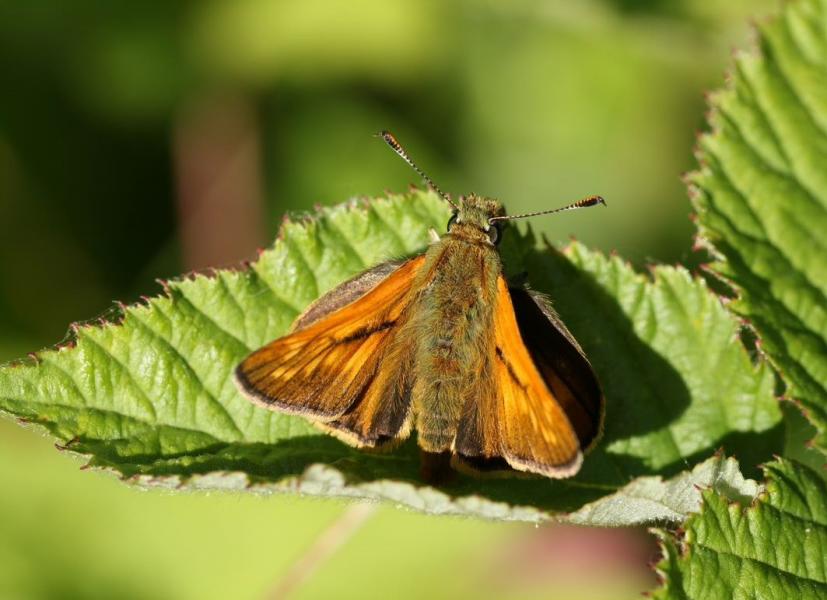Spotter's Guide - Summer Butterflies
Use our handy spotter's guide to identify these summer butterflies which can be found in the Forest.
The silver-washed fritillary is a large, vivid-orange butterfly and is a strong flier that can often seen along the rides and edges of our ancient woodlands in July. The females of this species can sometimes be found in a rare blue form called valesina. They are best seen in Coughton Park and Bannam’s Wood, but are present in many of the Forest’s other woods at Spernal and appears to be colonising new ones.

The purple emperor is the largest butterfly in the Forest but may very well be one of the most difficult to see! Both sexes have brown and white underwings including an eyespot, while the males are a vivid purple above. The best time to see the butterfly is in the last week of June, when they can often be found feeding on tree sap and animal dung in mid-mornings and late-afternoons, after which they ascend to treetop territories. They have been seen at Bannam’s Wood, Spernal Park and Coughton Park.

Despite its white-and-black chequered appearance and name, the marbled white is actually a member of the brown family of butterflies. This was a rare butterfly locally a few decades ago but has since exploded in numbers. It is a common butterfly of meadows and abundant in the young woodland rides across the Forest.

The painted lady is highly migratory compared to the majority of our other butterfly species. They hatch in northern Africa and fly north, laying multiple broods through Europe as they go, before the butterflies which hatch in late-August and September fly back to northern Africa. They can be found in any habitat but vary greatly in number year to year.
The common blue is the most common of the blue butterflies in the Forest. It looks most similar to the brown argus but has more spots on the underwing, has less orange along the wing edges and is far more blue! It is present in small numbers across the Forest wherever bird’s-foot-trefoil (its foodplant) is, but is most common in the fields and young plantations along the Noleham Brook near to Giddings Wood.

The ringlet is a very recognisable butterfly – they have all brown wings with a white border, and multiple black and white eyespots. They have been seen in their hundreds in the Forest’s mature woodlands and are ever increasing in our younger woodlands too. Look out for these wherever it is damp and shady in early July.

The small heath can be identified from meadow brown and gatekeeper by its one-pupiled eyespot, white spots on its hindwing and noticeably smaller size. Although still common, it has greatly declined in the last 40 years. It had a good year in the Forest in 2020 and has strong colonies present in the Glebe meadows by Giddings Wood, College Wood and other young woodlands around both Spernal and Dorsington.

The large skipper is large compared to the similar-looking small and Essex skippers, but still rather small compared to most butterflies! It can be identified from these two not just by its size, but also its darker orange wings and earlier flight time in June. Small numbers can be found wherever there is sheltered, damp grassland, although dozens have been seen in and around Giddings Wood and at Coughton Park.




